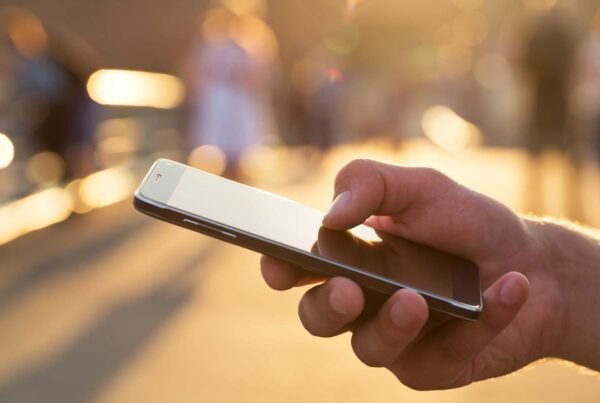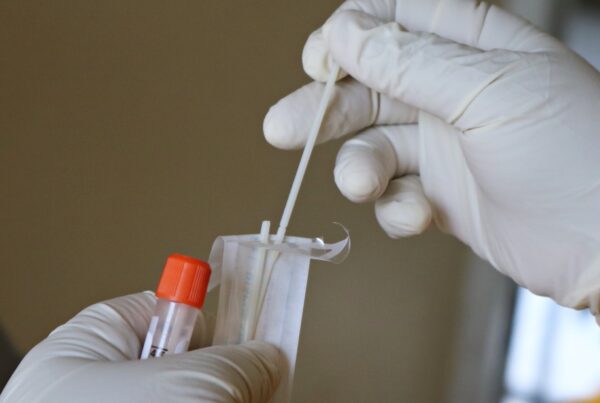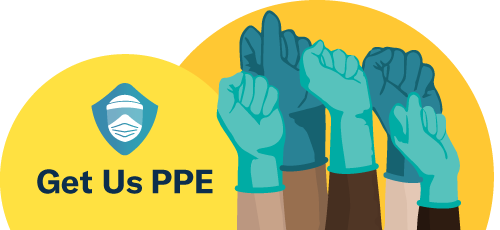The Big Picture
Experts are warning we are officially in the third surge of the coronavirus pandemic. An update on the numbers: the United States recorded over 8.5 million coronavirus cases and 224,000 deaths. North Dakota, South Dakota, and Louisiana have the highest case rates (cases per 100,000), but cases are no longer rising solely in the South. States around the country are reporting record surges of cases, and some hospitals are already being overwhelmed.
Case Surge and Mask Mandate
CNN reports the country’s seven-day average of new daily cases has increased 84% since September. Public health officials warn that people must take guidelines seriously in order to prevent “six-figure numbers in terms of the number of cases.” This means everyone must wear masks, maintain social distancing, wash their hands and stay home if they’re showing symptoms of COVID. Recently, Dr. Fauci stated the nation should consider implementing a national mask mandate. He explained that the rapidly rising numbers and the worsening conditions of many states indicates that this measure might be necessary. Dr. Fauci stated, “Well, if people are not wearing masks, then maybe we should be mandating it.”
Dr. Fauci’s call for a national mask mandate could compound the issue that the United States is not making as much progress in producing the necessary personal protective equipment (PPE) for frontline workers, despite the common misconception that the PPE crisis is over. Recently, Get Us PPE reported receiving new requests for PPE from frontline facilities in almost every state, as well as DC and Puerto Rico. Combined, they have received over 16,500 requests for PPE since March. These requests amount to more than 21,500,000 units of PPE requested nationally, a staggering number that underscores the seriousness of this third wave. In September, the top three most requested types of PPE were filtering facepiece respirators (N95s and equivalent), disinfecting wipes, and surgical masks.
PPE Equity Crisis
While this third wave has affected almost all of the United States, certain communities and facilities continue to face disproportionate harm from this virus. The Get Us PPE Shortage Index reported that 90% of facilities requesting PPE were non-hospitals. This includes homeless shelters, dental clinics, nursing homes, social services, and more. The effects of a lack of PPE that these facilities are facing can be felt through the desperate messages many are sending. Get Us PPE received a message saying, “We are a freestanding respiratory clinic in a small town testing for COVID-19 in this area. There are 4 of us working here 9-10 hours/ day 5 days/week. We have very few supplies and are reusing supplies until they are unusable.”
PPE Shortages in Schools
Among the hardest hit personnel are school nurses. Nurses have been preparing all summer to create a new protocol and policy aimed at keeping all children safe. Now, “we have the COVID side of things, and we have the normal, everyday routine care,” said one nurse. Many nurses have been struggling to effectively do both parts of their jobs without the right equipment and resources. These needs have become more apparent as cases rise in younger Americans.
Get Us PPE gathered data on PPE shortages in schools. After analyzing responses from an ongoing study, we found troubling results. School PPE supplies have high burn rates (average consumption rate of PPE), PPE and funds dedicated to coronavirus protection are temporary, and many school nurses are in desperate need of help. Some of the most needed supplies are surgical masks, transparent masks, and hand sanitizer. Among the data are some particularly powerful messages:
“School nurses are frontline workers and we are no further in obtaining PPE than traditional frontline workers were back in March. I feel very stuck, unprotected, and uncared for as a person and as a healthcare professional. PPE is disposable, our lives are not!” —Certified School Nurse, PA
“We donated what PPE we had to our local frontline healthcare workers when school was closed in March. Here it is, October, and we are still having a difficult time finding needed PPE for our campus school nurses.” —Katrina Weber, Lead Nurse, TX
“School Nurses are the hidden healthcare system. We have received some PPE but not nearly enough. We need supplies like the hospitals and other healthcare settings.” —Lisa Morrison, Lead Nurse, GA
This Week at Get Us PPE
Dr. Ali Raja, Co-founder of Get Us PPE talked with the Washington Examiner about the ongoing PPE shortages. He explained, “When we look at all of our data, what’s really unfortunate is that 80% of the facilities that have asked for supplies have no supply left of at least one of those types of PPE.” This comes as many states, especially in the Midwest, rush to gather enough equipment in time for the predicted surge of cases and hospitalizations.
Amanda Peery-Wolf, Deputy Director of Communications for Get Us PPE, explained the shift in PPE demand when talking to Verywell Health. She outlined Get Us PPE data, which indicates that “in April, 47% of requests were from acute care hospitals; now that number is 10%. This dramatic drop is because “the supply chain has caught up to some extent since April, [so] hospitals are increasingly able to afford PPE.” In contrast, because distributors “don’t accept small orders,” and prices are unaffordable, so small facilities do not have equal access to PPE.
The Get Us PPE Shortage Index was highlighted in MDLinx. When discussing the mental health of doctors during this pandemic, MDLinx explains that employers of physicians must help create a hierarchy of needs for healthcare employees. At the base of this hierarchy is physical protection. The Get Us PPE database proves “shortage persists, even now, among smaller facilities.” This shows the PPE shortage is more than a statistic, but is instead a shortage that has the potential to affect the mental health of our frontline workers.
Dr. Esther Choo, Co-founder of Get Us PPE spoke to MarketWatch on the need to overrepresent people of color in COVID-19 vaccine trials. Because people of color are disproportionately affected by COVID-19, Dr. Choo said, “Balanced representation should be disproportionate representation of black and brown people.” Her statement comes along with data from the CDC, which states Native Americans are 5.3 times as likely to be hospitalized by the coronavirus, African Americans are 4.7 times more likely, and Hispanic people are 4.6 times more likely than Non-Hispanic White Americans.
Dr. Ali Raja, Co-founder of Get Us PPE discussed the reason some hospitals have not seen spikes in hospitalization rates with the Boston Globe. He said, “A lot of the new cases are being driven by college students who are testing positive and younger adults who are getting tested by their primary care providers for minor symptoms.” He explains that if more older patients, especially those in nursing homes, start to contract the virus, it is likely that hospitalization rates will begin to increase at a faster pace.




